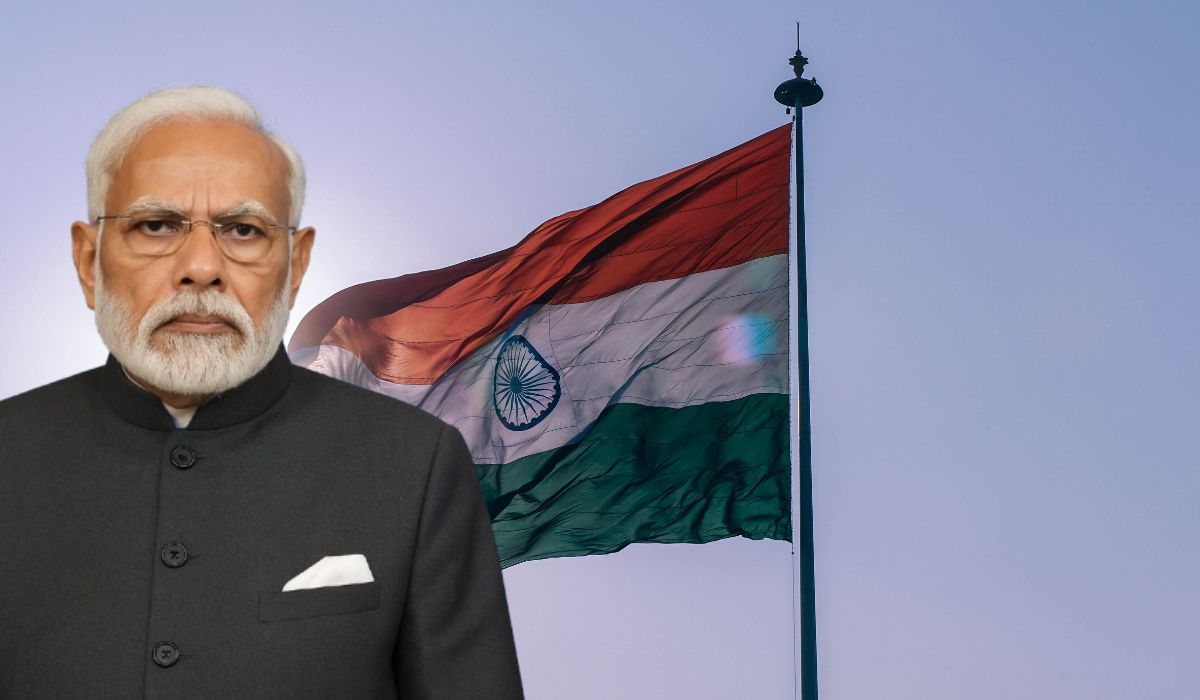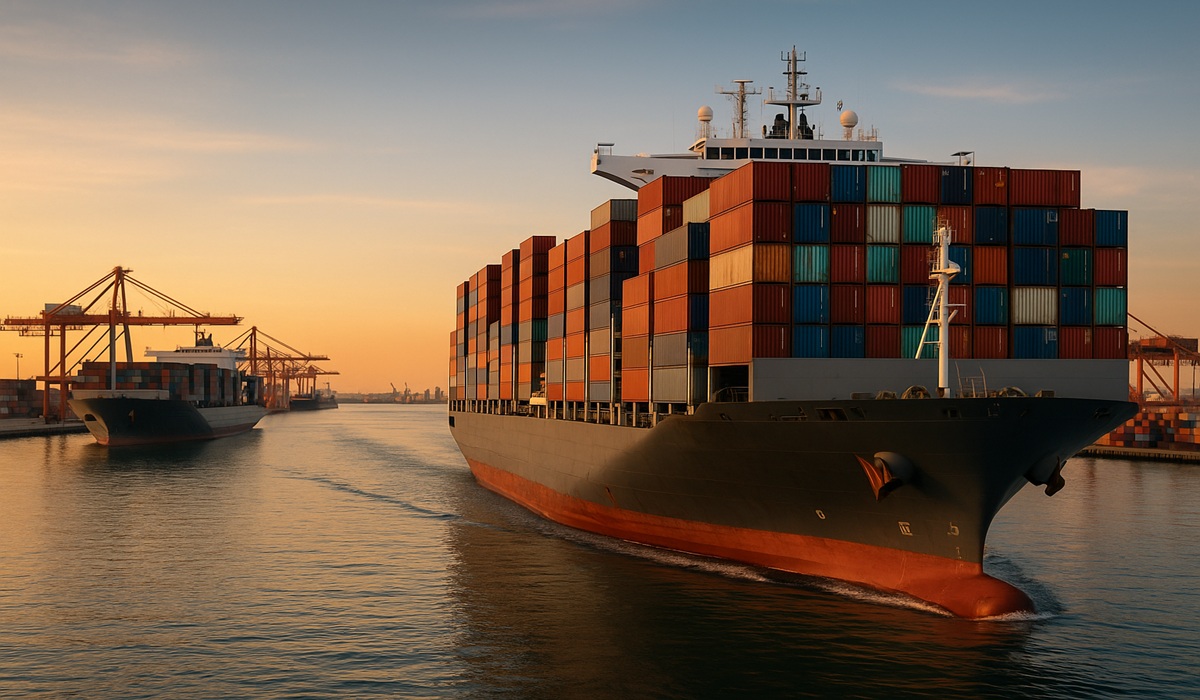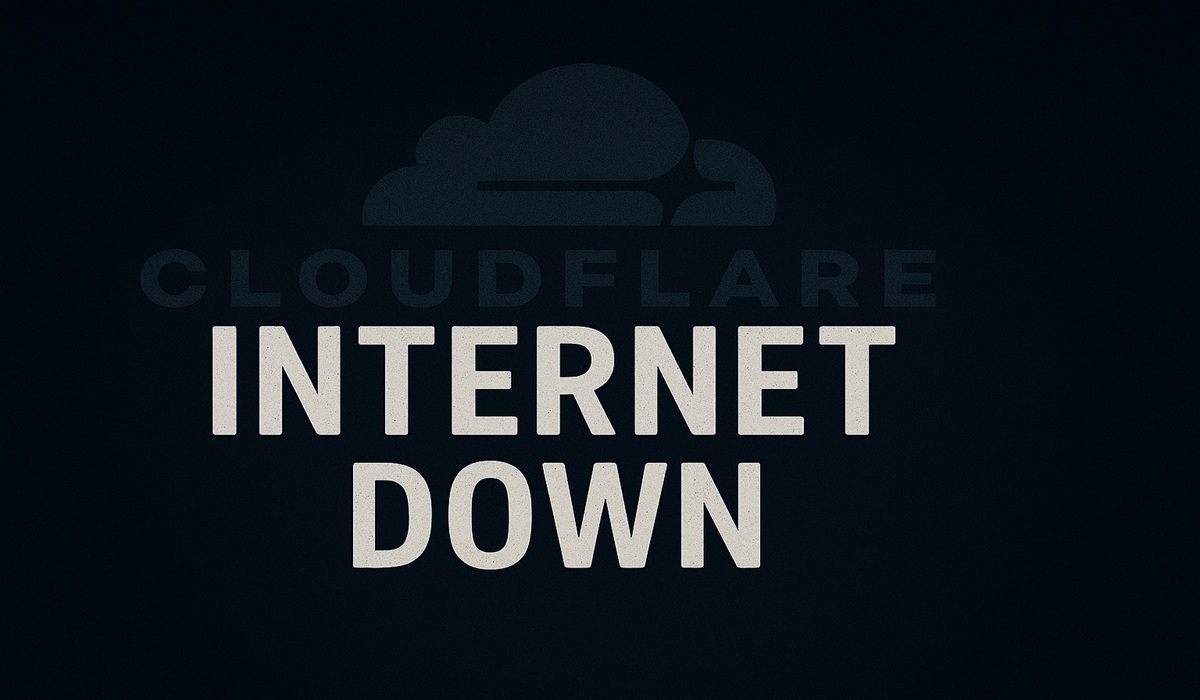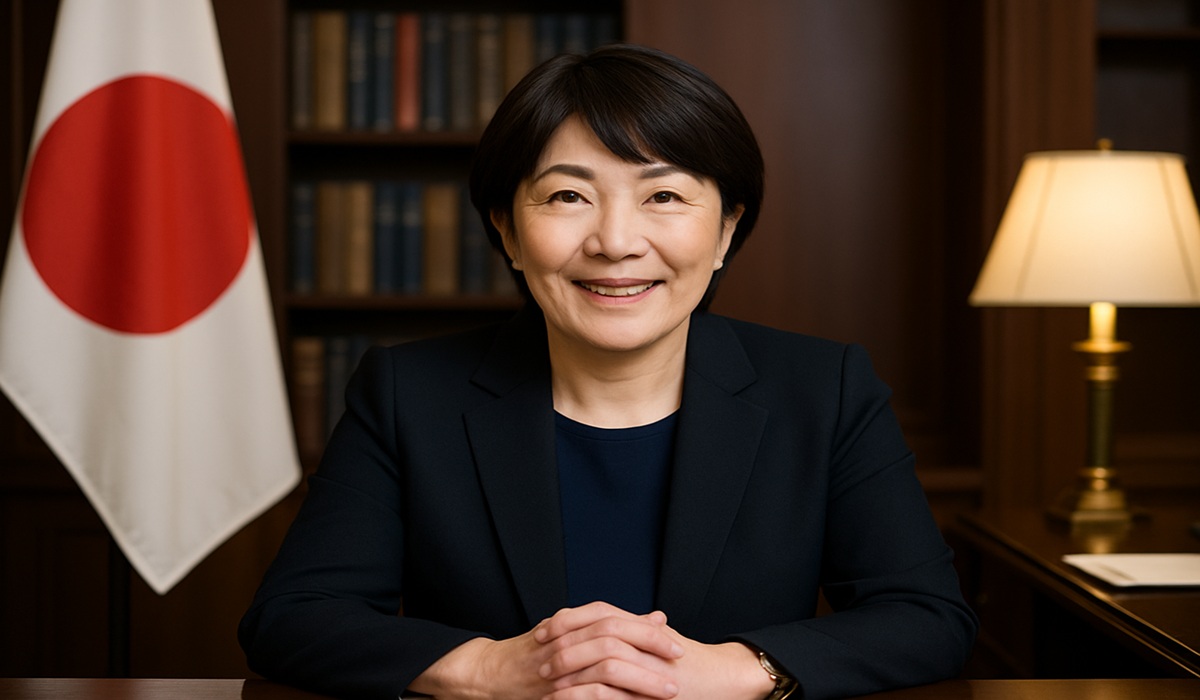By Donovan R. Martin Sr. Editor in Chief
In a striking move that underscores the unraveling cohesion of the G7, Indian Prime Minister Narendra Modi will not be attending the upcoming summit in Canada. Contrary to initial speculation, this absence is not due to scheduling conflicts or domestic obligations. It is a deliberate omission—Modi was not invited. At the center of this diplomatic snub lies a contentious and still unfolding allegation: that India may have ordered the assassination of Hardeep Singh Nijjar, a Sikh separatist leader, on Canadian soil. Prime Minister Modi has repeatedly and forcefully denied any involvement. However, Canada’s intelligence apparatus asserts otherwise, presenting evidence that implicates elements tied to the Indian state.
This controversy has not only chilled Canada-India relations to subarctic levels but has also raised profound questions about the unity and relevance of the G7 itself. The exclusion of India—officially a guest, not a permanent member, but increasingly seen as indispensable to the global economic conversation—signals something far deeper than just a diplomatic row. It suggests the beginning of a strategic realignment that could render the G7 a relic of a bygone era.
To understand how we arrived at this point, one must recall the precedent set in 2014, when then-Canadian Prime Minister Stephen Harper played a central role in expelling Russia from the G8 following its annexation of Crimea. That move reduced the group to the G7, symbolizing a unified front among the world’s most industrialized democracies. But unlike Russia, which faced widespread condemnation, India remains a critical player in nearly every major economic, geopolitical, and technological arena today. Shutting the door on New Delhi does not project unity; it projects myopia.
The implications of Modi’s exclusion extend beyond this one summit. India is not waiting around for Western validation. Through its central role in BRICS—an economic bloc now comprising Brazil, Russia, India, China, South Africa, Egypt, Iran, and others—India is already part of a parallel global power structure. BRICS has outpaced the G7 in terms of GDP (measured by purchasing power parity) and continues to gain ground in global influence. Meanwhile, ASEAN, the Southeast Asian bloc, has quietly become another powerhouse, focusing on trade integration, digital economy, and regional stability. India is actively engaged with both.
It is not far-fetched to imagine that, within the next 24 months, India may formally withdraw from any future association with the G7, especially if diplomatic hostilities continue. The optics of non-participation are already damaging; formal decoupling would be a death knell. If that happens, the G7 would effectively become the G6.
And here’s where the plot thickens. Canada’s relationship with the United States—its most crucial ally—is now on increasingly shaky ground. The White House’s response to the India-Canada assassination claims has been muted at best. President Trump, now back in office, has expressed a clear preference for strengthening relations with India as a counterbalance to China. His administration views Canada’s increasingly combative tone as unproductive. If Washington decides to distance itself from the G7 due to internal fissures or a broader shift toward bilateral and transactional foreign policy—hallmarks of the Trump doctrine—the G7 could become the G5. Such a scenario would shatter the foundation of what was once considered the most cohesive economic alliance in modern history.
While the G7 founders in the fog of obsolescence, alternative groupings surge forward. BRICS has already made inroads with new members, and more than a dozen countries have applied to join. The bloc is exploring its own currency system, and its members are coordinating on energy, trade, and technology—areas where the G7 remains fractured. ASEAN continues to grow its footprint, serving as a stabilizing force in the Indo-Pacific and proving that smaller nations can wield collective power when aligned with common interests.
So where does this leave Canada? The short answer: increasingly isolated. Under the current administration of Prime Minister Mark Carney, Canada is charting a course toward Europe in a bid to rebuild economic bridges. But this strategy is fraught with complications. Europe is facing its own set of crises—from the war in Ukraine to internal divisions over migration, energy, and enlargement. Europe’s bandwidth to prioritize new Canadian initiatives is limited.
Moreover, Canada’s track record in Africa—a continent of over 1.4 billion people—is virtually nonexistent in terms of developmental partnerships. While Canadian mining corporations have long operated on the continent, their role has been viewed through a neocolonial lens, accused of extracting resources with little benefit to local communities. This history has left African leaders skeptical, even hostile, to the notion of Canada playing a constructive role in the continent’s future. Canada missed the opportunity to establish itself as a partner in growth, and now the window is rapidly closing.
The previous administration’s attempt to cobble together coalitions of smaller nations was well-intentioned but ultimately naive. No combination of microstates can offer even a fraction of the strategic value that India, China, or the United States can. In alienating all three—Canada finds itself shut out of the boardrooms that define the 21st-century economic order.
As global power shifts eastward and southward, the G7 must confront an existential question: adapt or dissolve. For Canada, the time for performative diplomacy has passed. It must now engage with realism and humility. That means rethinking its adversarial posture, especially when it lacks the leverage to sustain it. Canada cannot afford to be at economic war with every major player on the global stage and expect to maintain its prosperity.
India’s absence from the upcoming G7 summit is more than a diplomatic tiff—it is a harbinger of tectonic shifts in global power dynamics. The G7 is no longer the only table in town. And if its members continue to treat it like an exclusive club from the last century, they may soon find they’re the ones waiting for an invitation.
This is not hyperbole. It is the new reality.









